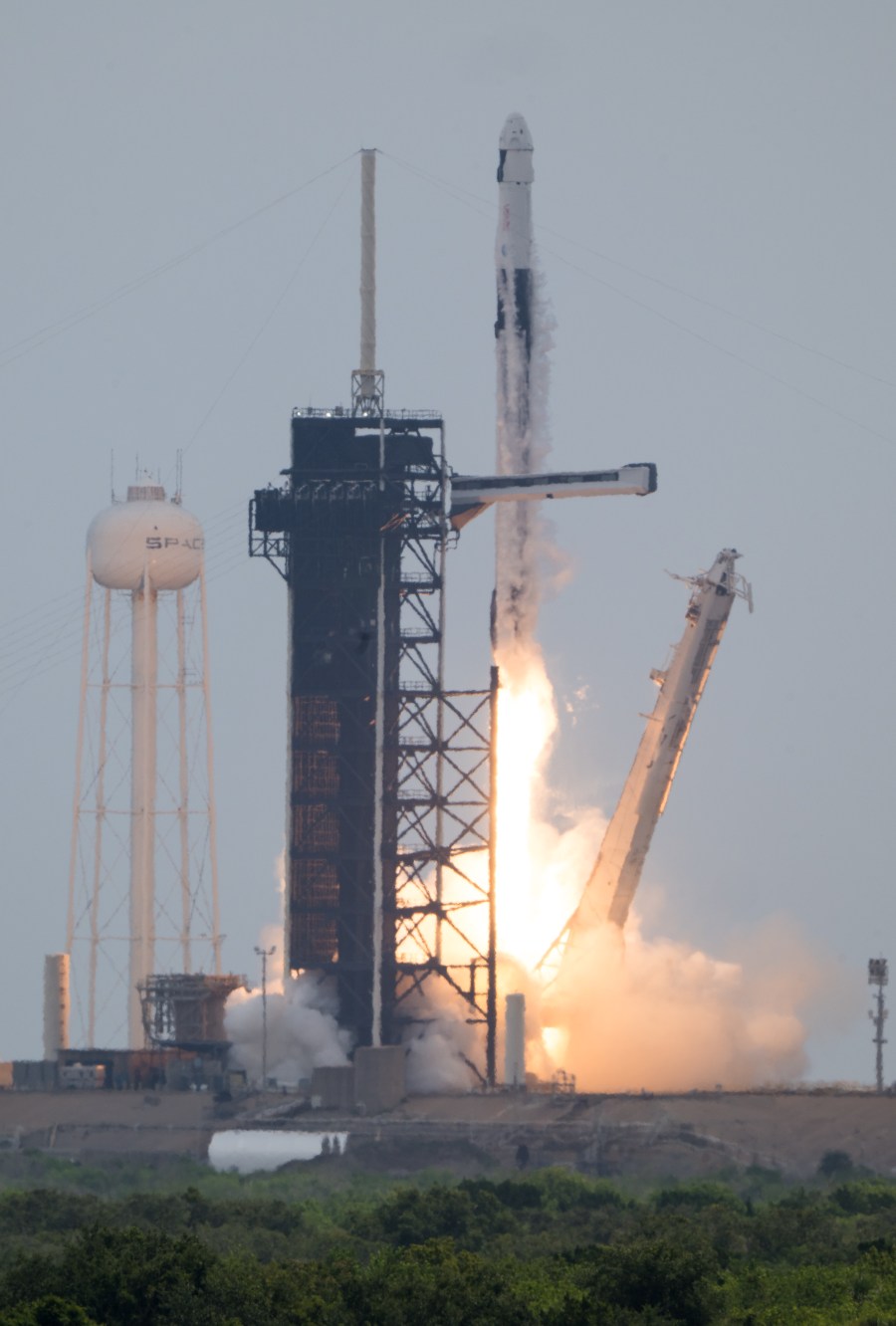Muscle stimulation and blood circulation research topped the 11-member Expedition 73 crew’s schedule on Tuesday helping doctor’s ensure astronauts stay fit and healthy on long-duration missions. The International Space Station residents also swapped commanders as four crewmates prepare for return to Earth.
Crew Swaps Commanders, Waits for Departure, and Conducts Muscle and Blood Research


































